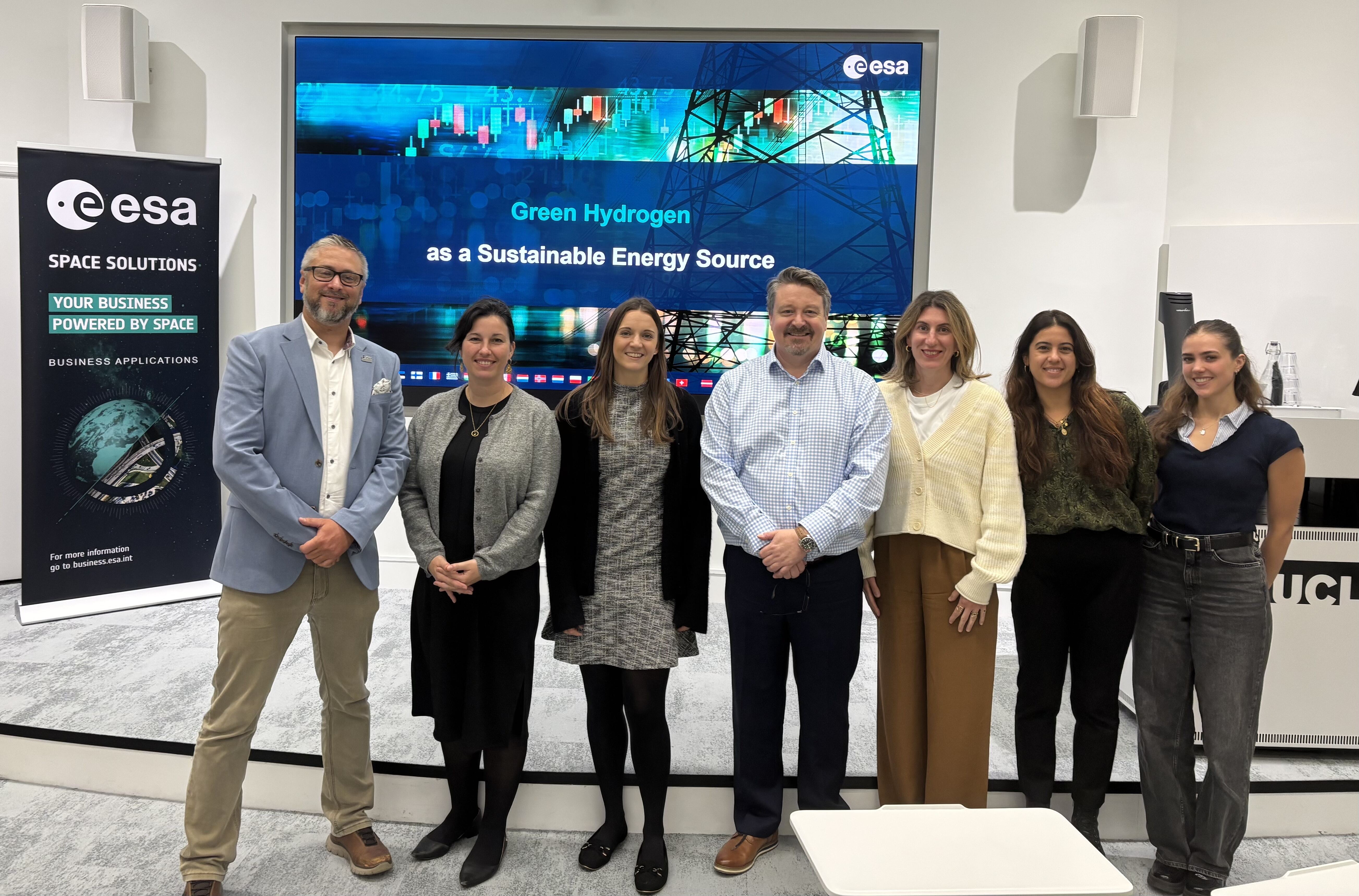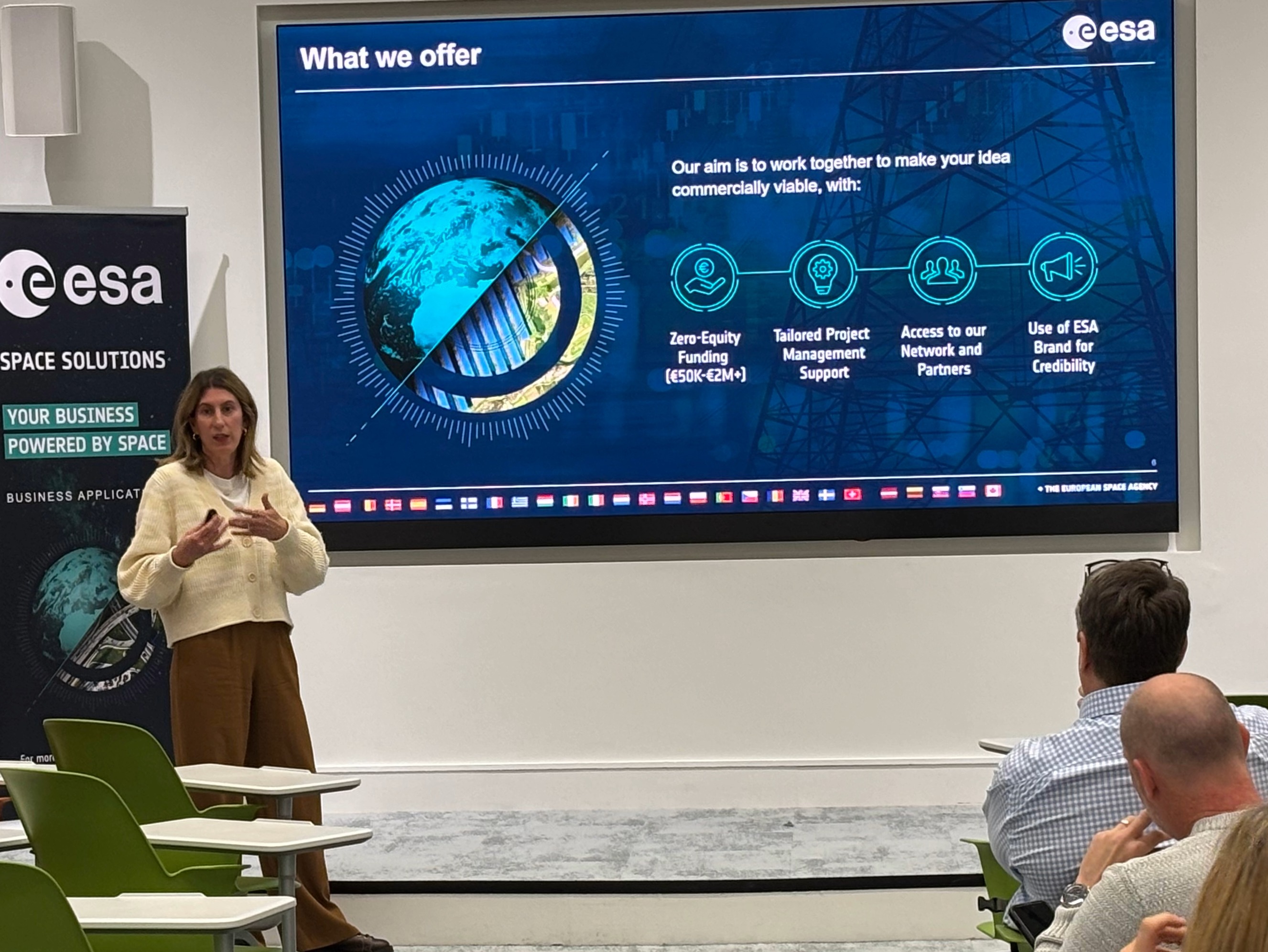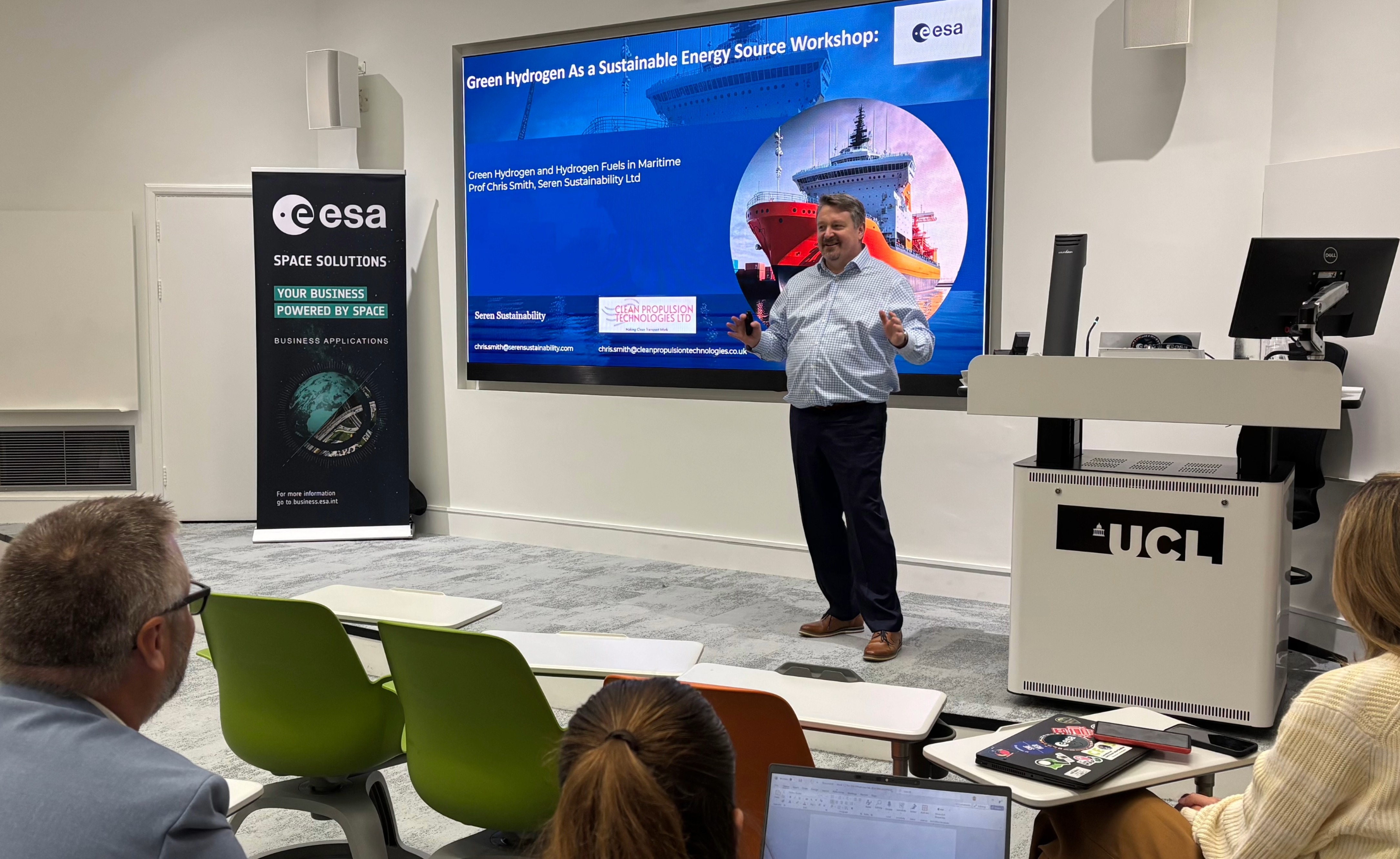
Business representatives and academics gathered at the UCL in London for an interactive workshop hosted by the European Space Agency’s Business Applications UK Regional Ambassador Grant Day. The event took place to explore the opportunities for space solutions within the green hydrogen sector ahead of the launch of the Green Hydrogen as a Sustainable Energy Source funding call by ESA’s Business Applications and Space Solutions (BASS) programme, supported by relevant members of the ESA BASS Energy Task Force.
The key takeaways from the workshop were clear: more innovative ideas and projects leveraging space technology are urgently needed to fill the large and growing gap that exists between the demand and supply of green hydrogen – and that international collaboration is needed for success.
In her opening words, Asimina Syriou, Lead Energy Expert, BASS programme, highlighted the great potential for the application of space technology in use cases including:
- Analysing existing energy infrastructure to help determine suitable locations for hydrogen production
- Assessing the availability of the necessary resources to produce renewable hydrogen: water, solar power, wind power
- Decarbonising long-haul shipping and aviation
- Developing safe and reliable storage and distribution solutions
- Improving efficiency in energy systems, while balancing renewable supply and demand

To drive this potential forward to fruition, Ms Syriou stressed the importance of fostering international collaboration, and as such the value of the BASS Energy Task Force in supporting initiatives such as the Green Hydrogen As a Sustainable Energy Source funding call that is now live.
Dr Miriam Schwarz, R&D Partnerships Manager at Offshore Renewable Energy Catapult, echoed this, stressing how collaboration and innovation could help bridge the cost and production gaps: “It is really exciting to explore how we can join space applications with green hydrogen.”
“In the EU there are a lot of support mechanisms written in national laws, working hard to bridge the gap between demand and production.”
“The challenge is the gap between what the off-takers are willing to pay and what the cost of production currently is. We need to work hard to bring the cost down.”
Meanwhile, with the energy transition in full swing, the demand for green hydrogen is set to rise, particularly in hard-to-abate sectors.
Chloe Tindale, Strategic Marketing Manager at Air Products UKI, said: “The market for green hydrogen is growing with more hydrogen applications continuing to emerge.”
But upping the production of green hydrogen to the scale that is needed is challenging. “We are 80% complete building a 300km2 renewable hydrogen complex in Neom that is bringing 210 tonnes of renewable hydrogen into the UK daily. But to put this into context, this is still only 3% of the UK Government’s target for 2030 – this shows the gap that we need to fill in this growing market for green hydrogen,” explained Ms Tindale.
This gap was further illustrated by Prof Chris Smith, Director at Seren Sustainability, who spoke about the rocketing demand for green hydrogen in the maritime industry.

“The International Maritime Organisation (IMO) is mandating a 40% decarbonisation target for large ships by 2030 and has put in place a pricing and reward mechanism that will be enforced from January 2028,” he said. “The only way shipping can achieve these aggressive targets is with green hydrogen – so there will be a big demand.”
Prof Smith welcomed the funding call as an opportunity for industry to help bridge the gap: “This ESA BASS green hydrogen funding call is really timely. There is a huge gap in just what the maritime sector is going to need and what is going to be available - we need all your ideas and contributions to meet this demand!”
The workshop concluded with a message to the business community from Mr Day: “We are now inviting businesses to submit proposals using satellite-based solutions in supporting hydrogen technology.
“We have detailed some use case examples on our website, but these are only examples - you as the industry are the expert and we are open to hearing your use case ideas. The only prerequisite is that it uses at least one space asset.”
The Green Hydrogen as a Sustainable Energy Source funding call opened 9 October and closes 6 November - follow the link to find out more.


